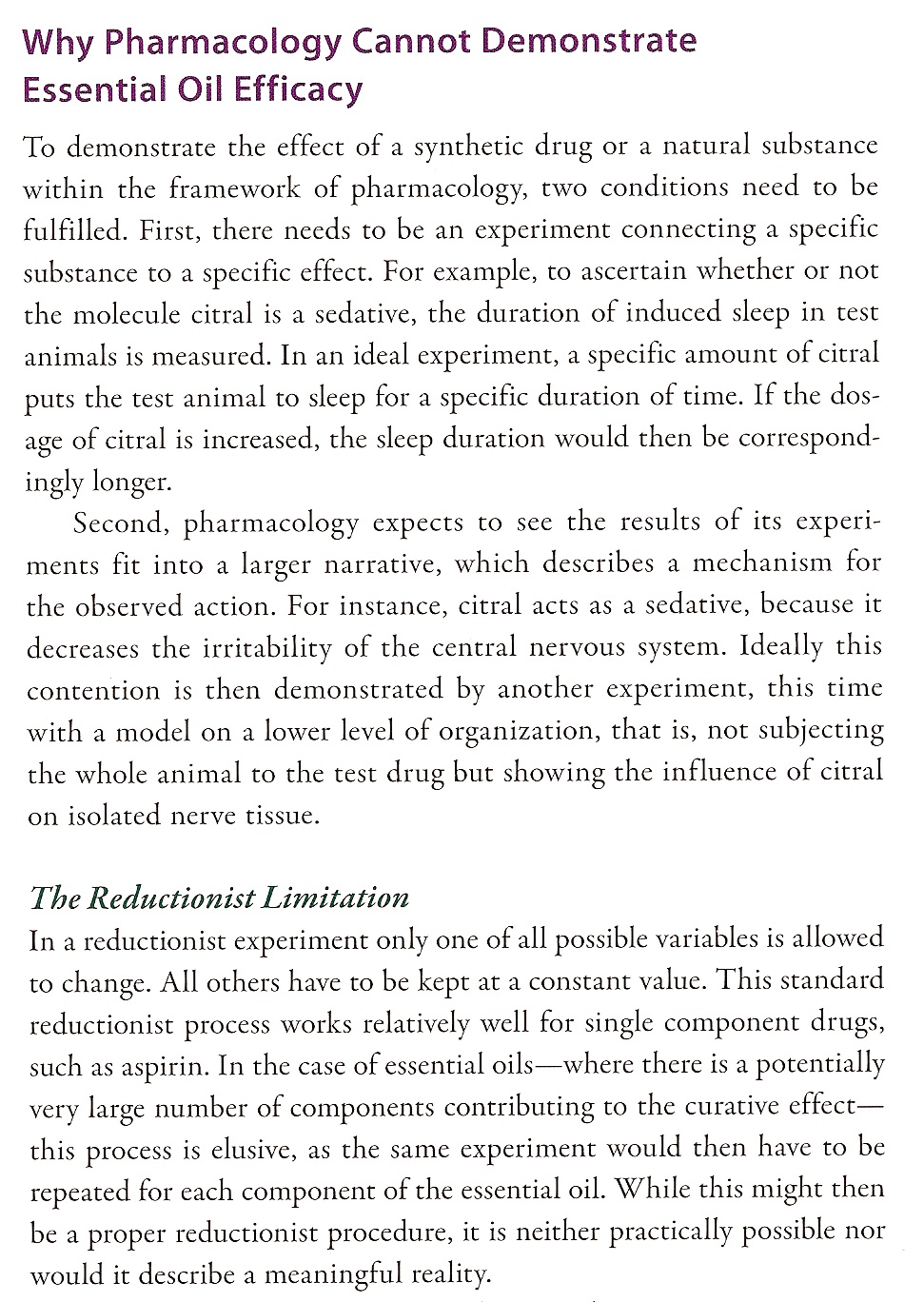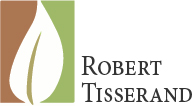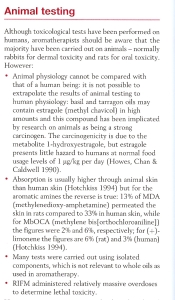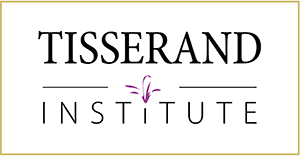A frequent criticism of aromatherapy is that there are few clinical trials demonstrating efficacy over placebo. Medical interests in both Australia and the UK have recently lobbied to withdraw government funding from university departments teaching any kind of alternative medicine. Books like Bad Science, Snake Oil Science and Trick or Treatment express the view that herbal medicine, aromatherapy, chiropractic, homeopathy etc. have no effect beyond placebo, but that they can be harmful. Trick or Treatment, amazingly, contains not a single citation to back up anything expressed in its vitriolic pages. To complain about lack of evidence, and then to provide none yourself constitutes extreme hypocrisy.
It is true that there are few clinical trials involving essential oils. Randomized clinical trials (RCTs) are very expensive, and few other than pharmaceutical concerns (PCs) have that kind of disposable cash. PCs do sometimes fund RCTs, though more commonly for essential oil constituents than whole essential oils. A recent exception was a series of trials on lavender oil taken as a medicine for anxiety. In one RCT that recruited 221 adults suffering from anxiety disorder, lavender oil capsules reduced anxiety levels in 76.9%, compared to 49.1% in the placebo group (Kasper et al), a highly significant result. The PC is based in Germany, and now markets this as an approved medicine there, under the brand name Lasea. (Can you patent an essential oil? No you can’t, but you can patent various aspects of a preparation containing essential oils.)
 Depending on what you include and what you exclude, there are maybe 50 or so published RCTs involving essential oils. And yet, I have in my possession thousands of research papers. They consist of in vitro and animal studies, and there are more on single constituents than whole essential oils. When faced with the question – many years ago – of whether to read and make use of the animal research or ignore it, I decided on the former course of action. Ethical issues aside, I could see no reason to ignore good data. (Poor research, whether in vitro, in vivo or clinical, I’m happy to ignore.)
Depending on what you include and what you exclude, there are maybe 50 or so published RCTs involving essential oils. And yet, I have in my possession thousands of research papers. They consist of in vitro and animal studies, and there are more on single constituents than whole essential oils. When faced with the question – many years ago – of whether to read and make use of the animal research or ignore it, I decided on the former course of action. Ethical issues aside, I could see no reason to ignore good data. (Poor research, whether in vitro, in vivo or clinical, I’m happy to ignore.)
When I consider the biological action of an essential oil, I like to include all the information I can get my hands on, ranging from uses of the plant in Traditional Chinese Medicine, to the pharmacology and toxicology of key constituents. It’s nice when it all points in one direction, such as with lavender oil and its calming action. There is evidence across all phases – animal studies on the whole oil (Bradley et al 2007), animal studies on constituents and why they do what they do (Umezu et al 2006), and RCTs too. Sometimes there are conflicting data, and this compels you to try to figure out what is going on. This often leads to a more sophisticated understanding of biological action.
Two recent aromatherapy publications (Price & Price 2011, Schnaubelt 2011) have addressed the issue of animal/pharmacology testing, and both have made comments that I find odd and confusing. Schnaubelt’s comments are on page 12 of his book:
 I agree that, if you are going to demonstrate how an essential oil works – its mechanism of action – you do need to study constituents. However, you don’t need to study all 100 or so, only the few major constituents. Some studies examine as many as 5 or 10. In many cases the researchers are looking for the most active compounds. Sometimes they find exactly that, and sometimes they don’t – instead they find that the whole essential oil is more active than any of its constituents. We call this synergy, and I believe it is the primary distinguishing factor, at least in scientific terminology, between a conventional medicine (invariably a single chemical) and plant-based medicine. Understanding mechanism of action for major constituents is, anyway, not an absolute requirement of therapy. If something can be shown to be significantly effective (and safe) it will be used. This is called evidence-based medicine.
I agree that, if you are going to demonstrate how an essential oil works – its mechanism of action – you do need to study constituents. However, you don’t need to study all 100 or so, only the few major constituents. Some studies examine as many as 5 or 10. In many cases the researchers are looking for the most active compounds. Sometimes they find exactly that, and sometimes they don’t – instead they find that the whole essential oil is more active than any of its constituents. We call this synergy, and I believe it is the primary distinguishing factor, at least in scientific terminology, between a conventional medicine (invariably a single chemical) and plant-based medicine. Understanding mechanism of action for major constituents is, anyway, not an absolute requirement of therapy. If something can be shown to be significantly effective (and safe) it will be used. This is called evidence-based medicine.
And, I don’t agree that pharmacological testing cannot be used to demonstrate the efficacy of a whole essential oil. In fact, lemongrass oil has been tested in exactly the way Schaubelt describes above for sleep (Blanco et al 2009) and its main constituent is citral. On the next page of his book, Schnaubelt goes on to say: “To prepare for our foray into the biological explanations of essential oil efficacy, we shall first review some important examples of the therapeutic or curative effects of essential oils that have, despite the limitations just outlined, been recognized through conventional reductionist experimentation.” He seems to be saying that pharmacological testing can in fact be used to demonstrate essential oil efficacy! I’m not sure what the word “reductionist” is describing here – the testing of constituents, the focusing on one aspect of therapeutic action, or both – but I would argue that all information is potentially useful.
The second new publication has a section on page 42 headed “Animal testing“, and this is in the context of safety. It argues that toxicological testing on animals is not relevant to humans:
To pick up on the mains points:
- Animal physiology can absolutely be compared with human physiology, and this comparison is done with increasing sophistication, as more is learned about gene expression and metabolism. Some animal “models” prove to be substantially different, and some substantially similar to humans.
- Estragole is indeed a rodent carcinogen, but the use of an essential oil in aromatherapy is often much greater than the amounts present in foods, so estragole toxicity cannot be written off so easily. One microgram per kg is one part per million (in food).
- Skin absorption is indeed often different between animals and humans, though the data given above on amines has no relevance to essential oils.
- Isolated components. Here we are again with this question. I do not agree that toxicological research on single constituents is irrelevant, though I feel very strongly that an essential oil should not be viewed as if it was simply a vehicle for a single constituent. For example, antitumoral constituents should be considered relevant too, not just carcinogenic ones.
- The final point is a very strange criticism. If you want to find the lethal dose of a substance you have to administer a fatal overdose!
Both Schnaubelt and the Prices go on to cite animal research in their respective books. For example, on page 157, Schnaubelt says: “Sandalwood oil was used topically for twenty weeks and was found to decrease the incidence of skin papillomas.” He does not quote the source but it’s an animal study (Dwivedi and Abu-Ghazaleh 1997). Schnaubelt has been one of the major proponents of Functional Group Theory (FGT), which is based on the idea that the action of an essential oil is largely determined by the chemical class of its major constituent(s). One of the basic tenets of FGT is that all ketones are neurotoxic (i.e. have the potential to cause convulsions). The main evidence for this is a single animal study (Wenzel & Ross 1957). I’m not saying it’s good evidence, in fact I think it’s relevance is very questionable. My point is, it’s hypocritical to say that animal-based research is not relevant, but then to use animal-based data when convenient.
On page 59 of their book, Price & Price cite this very paper, saying: “It is thought that the ketone thujone…is toxic to the central nervous system, as is the ketone asarone (found in Acorus calamus) (Wenzel & Ross 1957).” Well, asarone is indeed found in A. calamus, but it is not a ketone (it’s a phenylpropanoid ether) nor is it mentioned in the Wenzel & Ross paper. Oops. The initial statement in Price & Price (2011) about animal physiology is a sweeping one, and suggests that no animal research has any relevance to humans. But, the reader only has to turn from page 42 to page 47, to find a Table showing LD50 (lethal dose) values for 44 essential oils and 11 constituents. The LD50 values are then extrapolated to the equivalent human dose. Animal data not relevant? Oops again.
Price & Price (2011) is a comprehensive practitioner manual with 11 contributors and two editors, and this is the fourth edition. There are many tables and charts, and the book is moderately well referenced, but much of the safety information is of questionable value. Schnaubelt (2011) is beautifully illustrated and contains much practical information. My main criticism is that the facts are molded to suit the philosophy, rather than the philosophy deriving from the facts.
For both safety and efficacy, more clinical data are always needed. In the meantime, let’s make use of what we have, and let’s not be afraid to acknowledge that much of what we know about the action of essential oils derives from animal research. I’m not saying it’s all good information, and I’m not saying it’s all relevant. It isn’t. But neither is it all irrelevant. I’m not trying to defend animal research per se, I’m just saying that we should be open and honest when citing it, and that if you take all the animal research out of the aromatherapy literature, you won’t be left with very much solid data to demonstrate efficacy and safety.
References
Blanco MM, Costa CA, Freire AO et al 2009 Neurobehavioral effect of essential oil of Cymbopogon citratus in mice. Phytomedicine 16:265-270
Bradley BF, Starkey NJ, Brown SL et al (2007) Anxiolytic effects of Lavandula angustifolia odour on the Mongolian gerbil elevated plus maze. Journal of Ethnopharmacology 111:517-525
Dwivedi C, Abu-Ghazaleh A 1997 Chemopreventive effects of sandalwood oil on skin papillomas in mice. European Journal of Cancer Prevention 6:399-401
Kasper S, Gastpar M, Müller WE et al 2010 Silexan, an orally administered Lavandula oil preparation, is effective in the treatment of ‘subsyndromal’ anxiety disorder: a randomized, double-blind, placebo controlled trial. International Clinical Psychopharmacology 25:277-287
Price S, Price L (eds) 2011 Aromatherapy for health professionals. Churchill Livingstone, Edinburgh
Schnaubelt K 2011 The healing intelligence of essential oils. Healing Arts Press, Rochester
Umezu T, Nagano K, Ito H et al (2006) Anticonflict effects of lavender oil and identification of its active constituents. Pharmacology, Biochemistry, & Behavior 85:713-721
Wenzel DG, Ross CR 1957 Central stimulating properties of some terpenones. Journal of the American Pharmaceutical Association 46:77-82



Thanks for pointing this out Robert, I find the inconsistancies within publications of leaders in aromatherapy very frustrating. Especially when you continue your education to get clarity and end up more confused. I sure wish we could pull together a bit more.
Crystal, I very nearly didn’t post this at all, because it can easily be seen as negative or aggressive. But, that’s not my motivation – which is to put straight some radical misconceptions about essential oils, based on the science.
That is a very interesting article, although I can’t help being in a dilemma. On one side, the fact that studies are made on animals make me sad, because we are using them and inducing them diseases and it makes me feel bad about it. On the other hand, I can’t help to think that without those researches human race wouldn’t have reached so far. Have you ever wondered these things? Who are we to decide they have to suffer, and yet we must do anything to evolve. I can’t really get my head around it.
I think all the work that has been done, and continues to be done, to find non-animal alternatives is one answer. We can’t change the past, but we can work to change the future. Would we know less than we do without animal testing? Of course we would. At the same time, many tests have happened needlessly because they did little to add to the knowledge base. Few ethical issues have easy answers, especially in medicine. But, the movement towards fewer animal tests, and fewer animals per test, has broad support. Even pharmaceutical companies are firmly behind it – animal testing is very expensive.
good text! that had to be said! my friend dietrich wabner tried to get the permission to show that rose oil as a carrier of methyleugenol doesn’t harm the human liver – of course applied topically as diluted essential oil. he got no permission – too unethical. even an aromatherapy-“massage” to rats wasn’t allowed. i am sure dietrich would have found enough human volunteers for his planned study. but there are too many obstacles from the european ethics commitees not only from the budget restrictions. i would for sure volunteer for such a kind of research on real humans. i would even take some oils internally to show they don’t harm our bodies (except for the strange taste and smell in my mouth from lasea which i took for quite some time)